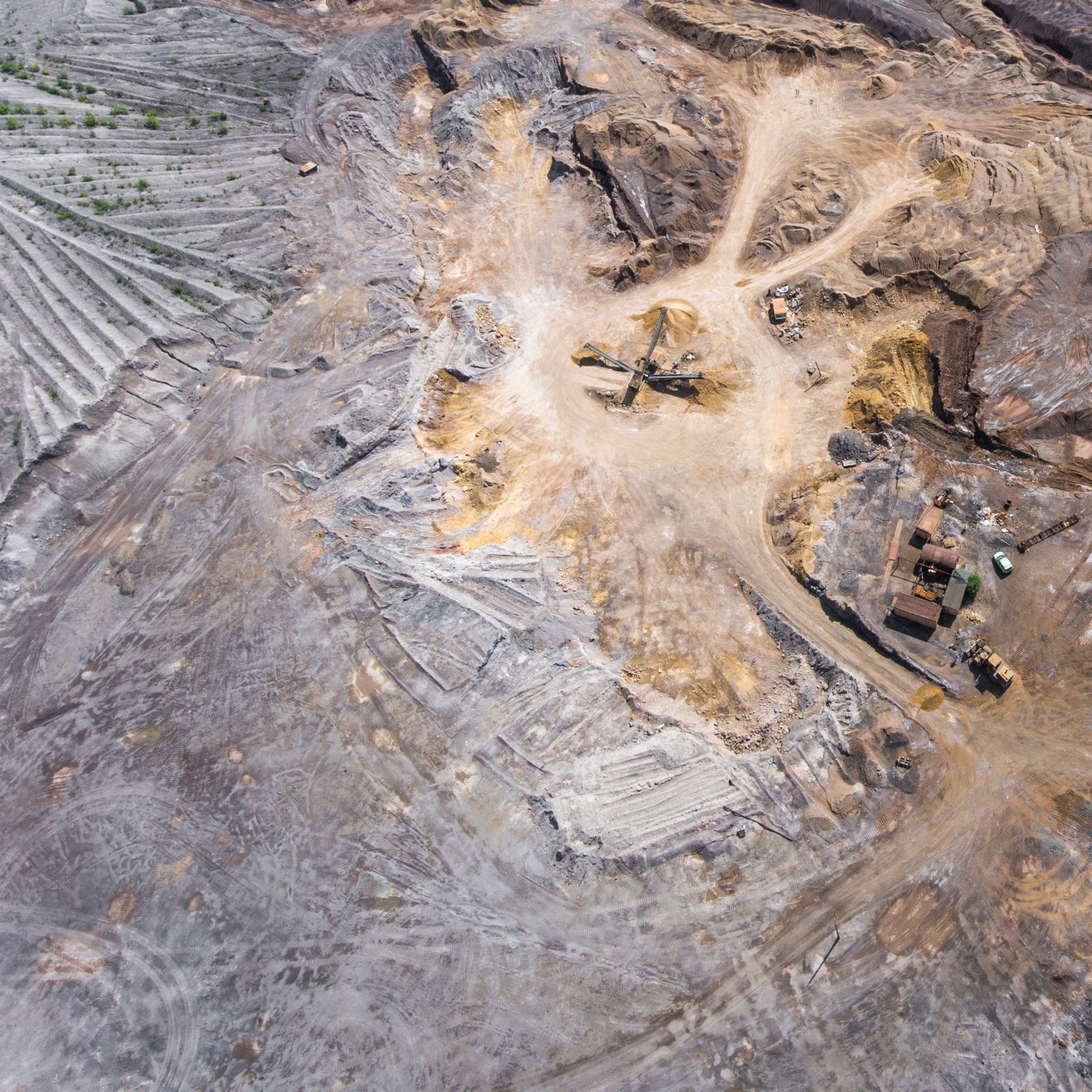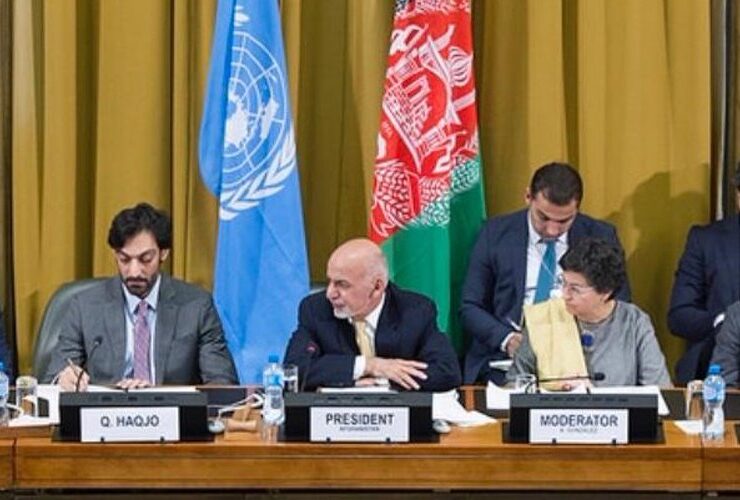MISSION IMPOSSIBLE?

WHAT’S UP WITH MINING IN AFGHANISTAN?
Back to square one! More than a decade of development aid and capacity building effort has gone into Afghanistan’s mining sector to make it a source of sustainable revenue and a key pillar of the economy. However, the sector today is as underdeveloped as it was in 2006, a time when mining was the big hope for the country. After 2010, Ministry of Mines and Petroleum (MoMP) was improving its capacity and structure to get the mining sector up and running, but due to the political instability resulting from the presidential elections and reduced international engagement in 2014, the sector’s progress slowed. Numerous factors contributed to the worsening of mining governance and a chaotic situation in the sector:
- Frequent changes in the leadership of MoMP
- The leaders’ ad-hoc and non-systemic approach to governing the mining sector
- Unrealistically high expectations from the sector
- Inter-governmental competition on control of the sector
- The government’s must-have focus on security
- Increase in illegal mining
The main challenges in the mining sector primarily include:
- Incapable, unstable, and politicized governance of the sector
- Non-transparent governance and legal framework
- Lack of conducive infrastructure such as transportation networks, energy resources, and sources of water.
- Unstable fiscal regime
- Limited technical and qualified human resource
- Lack of adequate information about the potential volume and value of the mines
- Insecurity and activities of different insurgent groups around the country
- Weak banking system – banks cannot provide necessary financial support and services for mining projects
Even though the last decade’s efforts failed to revive Afghanistan’s mining sector, it doesn’t need to be a mission impossible. The sector’s growth requires fundamental shift in the government’s vision, approach, and strategy based on the ground realities. Overcoming the main challenges should be a top priority, however, it’s inevitable to let the sector function so that the currently applicable laws, systems, and approaches can be tried and tested. The government must not stop mining activities in the country because not only Afghans strongly need sources of income and livelihood, but also illicit mining practices increase as a result. Illegal mining and trade of minerals has boomed in the country as a result of the government’s slow progress in driving the sector with diligence.
The key to making the mining mission work is to put the private sector first. The enthusiasm and interest of the private sector can be a good driver for overcoming the existing inertia. The current stalemate in mining sector is the extreme focus on building the government without sufficiently supporting the private sector. The primary purpose of majority of projects in the mining sector was to build the capacity of government entities. It’s disappointing that the sector has seen no major investment to encourage further engagement. The developments were sidelined due to the controlling mindset in the constantly-changing leadership of the MoMP. The trained staff in the sector have been either fired or retired from their roles. The current structure relies on (mostly acting) directors, who will have a long way to go before building the necessary experience to govern the sector effectively. Had the private sector been strong enough, it could keep up the momentum and support the progress of the government. A capable private sector can keep the sector moving forward through collective advocacy, investment, and stakeholder engagement.
Recently the approach of major donor entities has changed toward enabling the private sector to participate in the development of mining sector, more sustainably. The change should be complemented with research-based program design and more effective implementation of projects in order to avoid wasting resources, time, and trust. The government cannot be ignored though. Success of the mining sector depends on both the government and the private sector’s ability to play their roles well. An effective program will ensure both the public and private sector are heavily involved.
Afghanistan’s revived hope on the mining sector partly comes from the recent interest of the US government and private institutions in the mineral wealth of Afghanistan, helping build an interest by other major players in the region. Strong abilities of the public and private sector of Afghanistan will ensure the interest translates into actual investment after all these years. The government must have the capacity to deal with complex international level contracts and establish a robust and transparent supervisory mechanism. It’s worth rethinking resource curse in some of the African countries that did not have the governance strong enough to deal with giant multinational companies and limit side effects of mining activities. The Afghan private sector must also build itself as a strong player in the mining sector to not only support the government in advancing the mining sector, but also provide partnership opportunities for international investors in Afghanistan. South Africa offers a successful model of balancing between national and international interests in the country’s mineral wealth. Engagement of the Afghan private sector in mining contracts as the partners to the international companies ensures domestic companies also benefit from mining activities. Afghan partner companies will learn lots of techniques and knowhows from their international partners in addition to financial benefit. On the other hand, the international companies will benefit from having local knowledge, access, and support from their Afghan partners which can reduce risk as well as their cost.
Investment in Afghanistan’s mining sector is tricky and risky but not a mission impossible. Fortunately, the extractive industry is mature and well-developed in other parts of the world and there are so many lessons that can be learnt about what works and what doesn’t. So, Afghanistan’s mining sector needs to:
- Study and consider the realities in Afghanistan (geology, geography, geopolitics, capabilities, weaknesses, advantages, positive and negative interventions, etc.)
- Explore and learn from the experiences of the countries that survived natural resource curse and those that didn’t.
- Conduct comparative researches to see how the successful countries found/built their way toward sustainable development based on their extractives’ potential. Most of them previously had the same challenges we are facing today. There will be lots of tricks, approaches, practices, actions, and plans which can be adapted in Afghanistan’s current situation.
- Closely study the commodities market dynamics to see what potential to focus on. The commodities market can influence the mining sector in Afghanistan. Some commodities have fallen in price and have lost their economic feasibility to be extracted from Afghanistan, while others that are increasing in price can be profitable.
The good news is that despite major problems and challenges in the past, there still are powerful economies in the world that are interested to invest on the opportunities in Afghanistan. We can use this momentum to attract investment by changing the mining sector’s vision, approach, and focus. The private sector must also engage in the mining sector more strongly. The rights of the Afghan people in the country’s mineral wealth must be advocated for and that’s where civil society must play a role. At the end of the day, mining sector flourishes when all parties play their part in a balanced manner.







